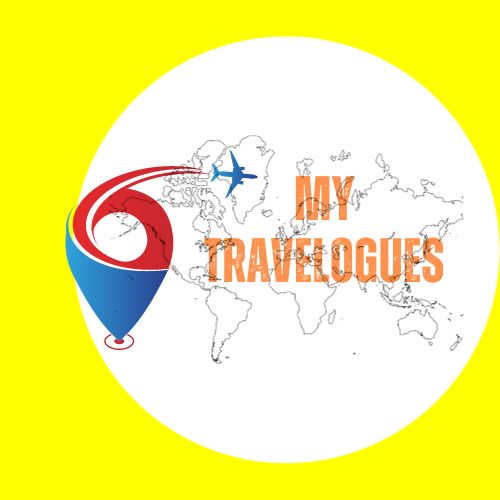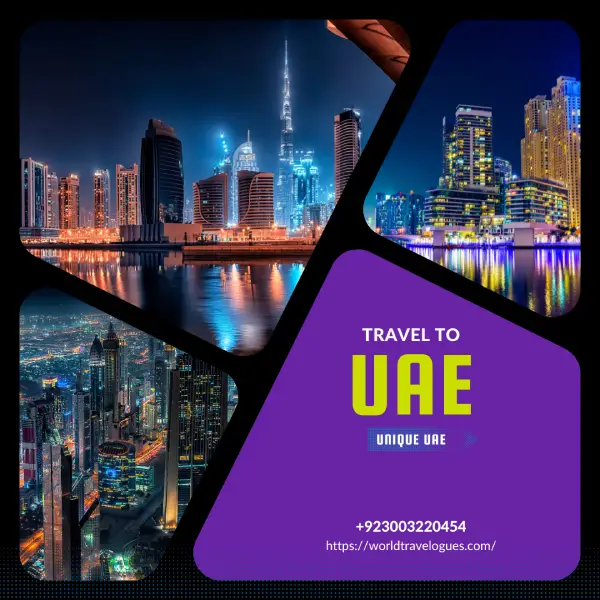Discovering the Unique UAE Aspects: Unveiling the Emirates’ Exceptional Features
My unique UAE exposure
Pedestrian Priority: UAE’s Respectful Driving Culture and Stringent Safety Measures
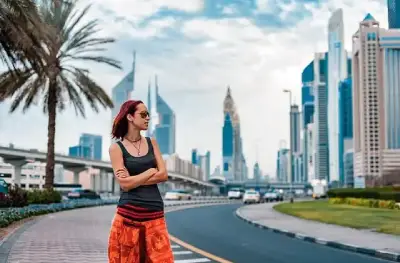
The UAE stands out for its unique driving culture, particularly when it comes to pedestrians. Unlike some other countries, pedestrians in the UAE receive great respect and consideration from drivers.
It is common for drivers to stop and allow pedestrians to cross the road, even if there are no designated pedestrian crossings. This emphasis on pedestrian safety is reinforced by stringent laws that impose hefty fines, sometimes reaching up to 5,000 AED, on drivers involved in accidents with pedestrians. This combination of respectful driving culture and strict penalties for violations creates a safer environment for pedestrians in the UAE.
UAE’s Left-Handed Driving Distinction
One of the unique aspects of driving in the unique UAE is that it follows a left-hand driving system. While countries like Pakistan and Australia adopt a right-hand driving approach, the unique UAE stands out with its left-hand driving tradition. This means that the driver’s seat is positioned on the right side of the vehicle, and traffic flows on the right-hand side of the road.
This distinction can take some adjustment for individuals accustomed to driving on the right-hand side, making the unique UAE driving experience distinct and noteworthy for international visitors and residents.
The driving style in the unique UAE bears similarities to that of several countries, including Europe, the USA, and the UK. While the UAE follows a left-hand driving system, similar to the UK, it also shares certain driving conventions and practices with Europe and the USA.
This resemblance can be observed in aspects such as traffic regulations, road signage, and general driving behavior. This international driving influence adds a familiar touch for visitors from these regions and facilitates a smoother transition for drivers accustomed to driving in Europe, the USA, or the UK.
Unique UAE Buildings like Burj Khalifa

The unique UAE is renowned for its remarkable transformation of the landscape, characterized by a significant increase in infrastructure and architectural development. Despite being predominantly low-lying, the country has witnessed the construction of numerous iconic structures that have become global landmarks.
The Burj Khalifa, the world’s tallest building, is a prime example of the unique UAE architectural powers. In addition to the Burj Khalifa, the country boasts several other unique and distinctive structures that contribute to its evolving skyline.
The UAE’s commitment to pushing boundaries in urban development and creating architectural marvels has garnered international acclaim, making it a fascinating destination for those interested in modern cityscapes and innovative designs.
Proximity and Divergence:Unique UAES tate Distribution
The unique UAE state distribution presents an interesting geographical characteristic, with six states located in close proximity to each other while one state, Abu Dhabi, stands at a significant distance from Dubai.
This proximity allows for convenient travel between the six neighboring states, enabling residents and visitors to explore multiple regions within just a one-hour drive.
On the other hand, Abu Dhabi’s distinct location adds a sense of diversity to the unique UAE landscape, offering a contrasting experience for those willing to venture beyond Dubai.
This unique UAE state distribution provides a blend of accessibility and divergence, allowing individuals to explore the various facets of the UAE’s diverse geography and culture
Water Management and Retail Innovation: Unique UAE Approach to Water Resources and Hypermarkets
Unique UAE faces challenges with its groundwater availability, leading to the implementation of innovative water management practices. Due to water scarcity, plants are irrigated using drip irrigation systems to conserve water resources.
Additionally, drinking water is primarily obtained through purchases from large hypermarkets, often referred to as shopping malls in Pakistan. Notably, Lulu and other prominent hypermarkets in the UAE provide a wide variety of drinking water options for consumers. These hypermarkets serve as key retail destinations, offering convenience and access to a range of products, including bottled drinking water, catering to the needs of the population in a water-conscious environment.
Efficient Rail Network and Cashless Commuting: Unique UAE Modern Train System and Access Control”
The UAE boasts a modern and efficient train network, although the train stations are located at a distance from densely populated areas. Traveling between the six states, excluding Abu Dhabi, typically takes around one hour using these modern trains. The transportation system has embraced a cashless approach, with only card-based payment systems being accepted for fare payment.
This move towards a cashless system promotes efficiency and convenience for commuters. Additionally, the train stations feature modern computerized doors, ensuring secure entry and exit for passengers. These technological advancements enhance the overall travel experience and contribute to the unique UAE commitment to providing efficient and advanced transportation infrastructure.
Bike-Free Roads: Limited Transportation Options and Affordability in the unique UAe
A unique UAE presents scenario where bicycles are not commonly seen on the roads, apart from delivery companies like Talabat that utilize bikes for their operations. As a result, individuals have the choice of either walking or taking taxis for their transportation needs. However, it is worth noting that taxi fares in the UAE can be relatively expensive, which can pose challenges for individuals from countries such as Pakistan, India, Sri Lanka, Bangladesh, and Indonesia.
This difference in affordability between transportation options may impact the accessibility and convenience for individuals from these regions, prompting a need for alternative and more cost-effective transportation solutions.
The Desert Landscape and Culinary Imports: UAE’s Scenic Countryside and Food Sourcing
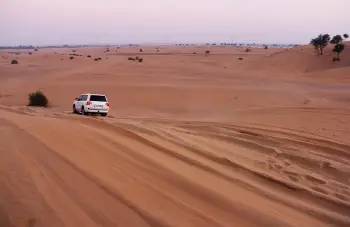
The UAE’s countryside primarily consists of desert landscapes, characterized by hot weather conditions and limited vegetation. The arid environment poses challenges for cultivating a wide range of plants, including vegetables and fruits like mangoes.
As a result, the UAE heavily relies on importing vegetables, meat, and other food items from neighboring countries like Pakistan and India. This import-driven approach ensures a diverse culinary experience for residents and visitors, allowing them to savor flavors from different regions. While the UAE’s desert countryside offers unique scenic beauty, the importation of agricultural products plays a crucial role in meeting the country’s food demands and providing a varied cuisine.
Efficient Traffic Management: UAE’s Advanced Camera Systems and Rapid Respons
Tthe UAE adopts an innovative approach to traffic management, distinct from countries like Pakistan and India. Instead of having traffic officers stationed on the roads, the UAE relies on an extensive network of cameras to detect and monitor traffic violations and accidents in real time.
These cameras enable swift response from traffic officers, who promptly reach the accident site to ensure a quick resolution. The UAE’s commitment to efficiency is exemplified by incidents where helicopters are deployed to facilitate the timely removal of accident vehicles. This rapid and well-coordinated response demonstrates the UAE’s dedication to maintaining smooth traffic flow and ensuring the safety of road users through efficient accident management protocols.
Affordable Cars and Enhanced Security: UAE’s Car Ownership and Theft Prevention Measures
In the UAE, it is possible to purchase a used car for around 2000 dirhams, offering an affordable option for individuals seeking personal transportation. However, if the car owner commits a violation, the penalty can be significantly higher, typically around 5000 dirhams or the option of keeping the car at home for a month as a form of punishment. Despite the relatively low incidence of car theft in the UAE, there is a slight risk of battery theft due to the presence of opportunistic thieves.
However, the UAE mitigates this risk by implementing comprehensive security measures. The extensive network of cameras installed on roads and in shops, as well as the obligation for shops to have multiple cameras for observation and safety purposes, significantly deters theft attempts. These measures contribute to the overall security of vehicles and help maintain a safe environment for car owners in the UAE.
Enhanced Road Lighting: UAE’s Illuminated Roads for Improved Visibility
Unique UAE prioritizes road safety and ensures enhanced visibility by installing lighting on every road, even in the countryside. This extensive provision of lighting stands in contrast to countries like Pakistan and India, where road lighting may be limited or absent, even in urban areas.
The presence of well-lit roads in the UAE enhances visibility for drivers, reducing the risk of accidents and promoting safer travel during nighttime or low-light conditions. This commitment to road lighting reflects the UAE’s dedication to creating a secure and comfortable environment for road users, further contributing to the overall efficiency and safety of its transportation infrastructure.
Religious Freedom and Peaceful Environment: UAE’s Respect for Diversity and Minimal Protest Culture
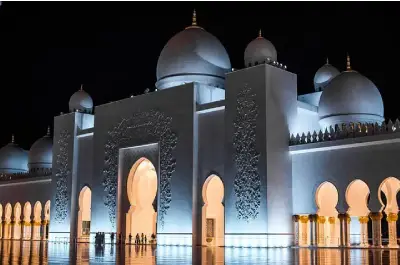
The UAE upholds religious freedom, allowing individuals to practice their faith according to their own beliefs without strict restrictions. Unlike Saudi Arabia, where prayer is mandatory and regulated, the UAE embraces a more diverse approach to religious observance. People of different faiths and backgrounds coexist in the UAE with respect and tolerance.
Additionally, the UAE maintains a peaceful environment where religious sessions, debates, and sit-ins are not commonly observed. This stands in contrast to countries like Pakistan, where protests and demonstrations for various causes are more frequent. The UAE’s commitment to maintaining harmony and respecting religious diversity contributes to a tranquil atmosphere that fosters unity and understanding among its residents and visitors.
Welcoming and Multilingual Atmosphere: UAE’s Arab Hospitality and Cultural Connection
he people of the UAE are known for their warm and cooperative nature, creating a welcoming environment for visitors. Many UAE locals have made an effort to learn languages like Hindi and Urdu, recognizing the significant presence of Indian and Pakistani communities in the country.
This cultural understanding and language proficiency contribute to a sense of familiarity for Indian and Pakistani visitors, who often feel a strong connection to their home countries while in the UAE. This inclusive and multilingual atmosphere fosters a sense of belonging and facilitates effective communication, making the UAE a home away from home for many Indian and Pakistani individuals residing or visiting the country.
Challenges of Foreign Workforce and Economic Opportunities: Contrasting Experiences of Pakistan and UAE
The UAE’s population of approximately 10.2 million consists of a significant percentage of foreigners, with Arabs being relatively less commonly found in markets. This diverse composition of the population has not hindered the UAE’s ability to effectively manage and innovate. The country has successfully embraced the practice of hiring talent from countries like Israel, the USA, and the UK to create new opportunities and drive development.
In contrast, Pakistan faces challenges within its own departments, where there is a perception that undeserving and untalented individuals hold top positions. Corruption and bribery issues further hinder economic progress in Pakistan and India, resulting in a significant number of individuals seeking livelihoods in countries like the UK, Kuwait, Saudi Arabia, UAE, and Iran. While the historical context and past invasions may have influenced the current scenario, the changing times have presented new opportunities and challenges for both Pakistanis and Indians seeking employment and economic stability abroad.
